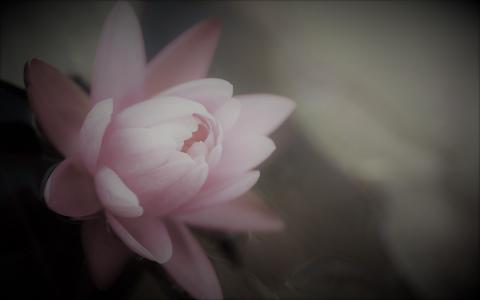
Bhavabhūti valued love and friendship deeply. His expression assumes a rare depth and force while describing human affection. In Mālatī-mādhava, he has pictured the unfolding of various shades of love: infatuation, the yearning and ‘sweet agony’ that follows, the physical and mental turmoil that unrequited love brings, the inexplicable thrill of union, romance, amorous escapades, and so on. Friendship finds a mirror to see itself in Mādhava and...

Bhavabhūti epitomizes the vicitra-mārga that Kuntaka propounds.[1] A word that captures his use of language and delineation of emotions is fulness – fulness bordering on excess. He likes repetition and overemphasis. He has repeated several verses in his plays.[2] What is atyukti to most people is to him a nyūnokti. If modern formatting techniques were available back then, he would have made the most of various typefaces, type-sizes and such...

Let us briefly examine the literary scene prevalent in Sanskrit when Bhavabhūti began writing plays. While dramatists respected the compositions of past masters such as Bhāsa, Śūdraka and Kālidāsa, they mostly took to writing risqué ‘causeries’ (bhāṇa) and ‘harem romances’ (nāṭikā). Examples include such plays as Padma-prābhṛtaka, Pāda-tāḍitaka, Dhūrta-viṭa-saṃvāda, Ubhayābhisārikā (collectively termed as Caturbhāṇī), Priyadarśikā and Ratnāvalī...

Bhavabhūti was a Sanskrit poet par excellence. He lived in the eighth century CE. A thorough scholar of many branches of Indian learning, he composed three plays: Mahāvīra-carita, Mālatī-mādhava and Uttara-rāma-carita. All his works bear an indelible imprint of his personality – a feature rarely seen in Sanskrit poems. This essay attempts to sketch a portrait of the great playwright using the hues and strokes available in his works. It discusses...
